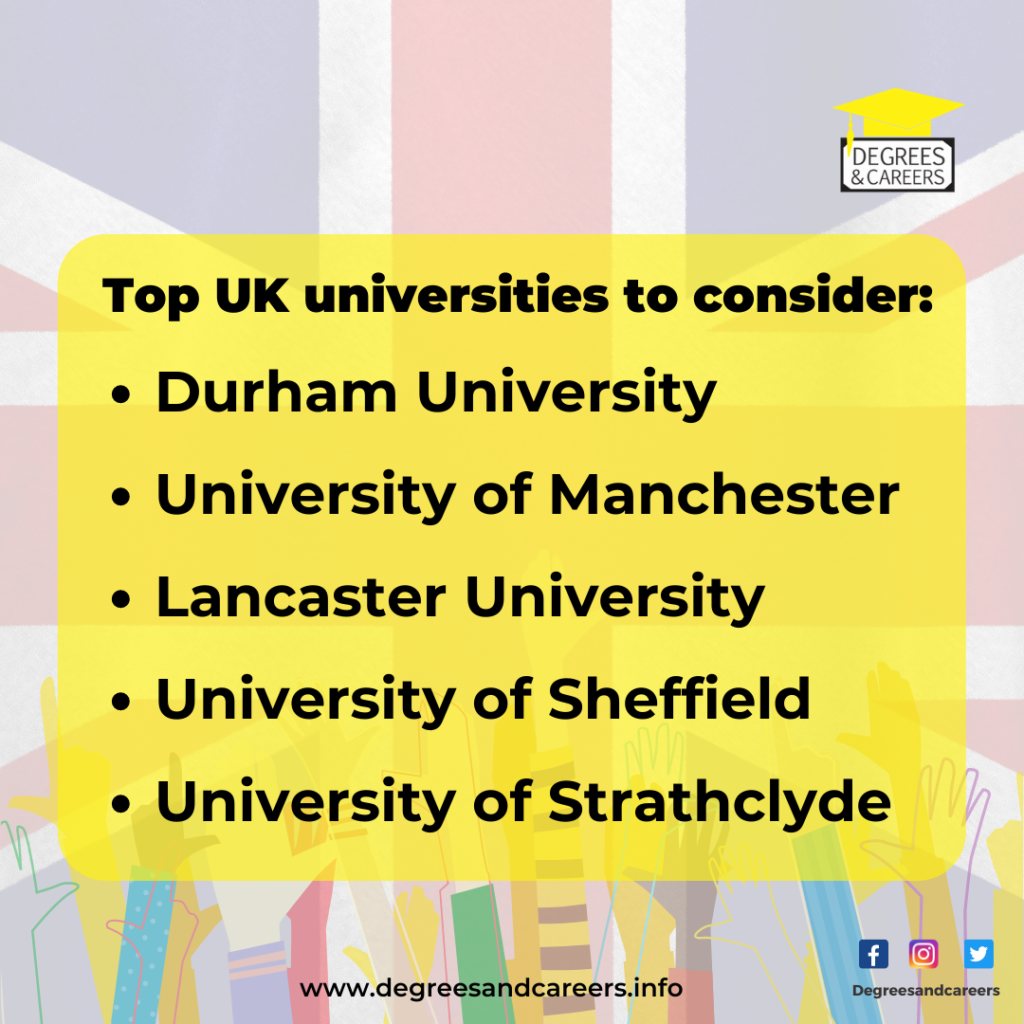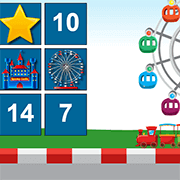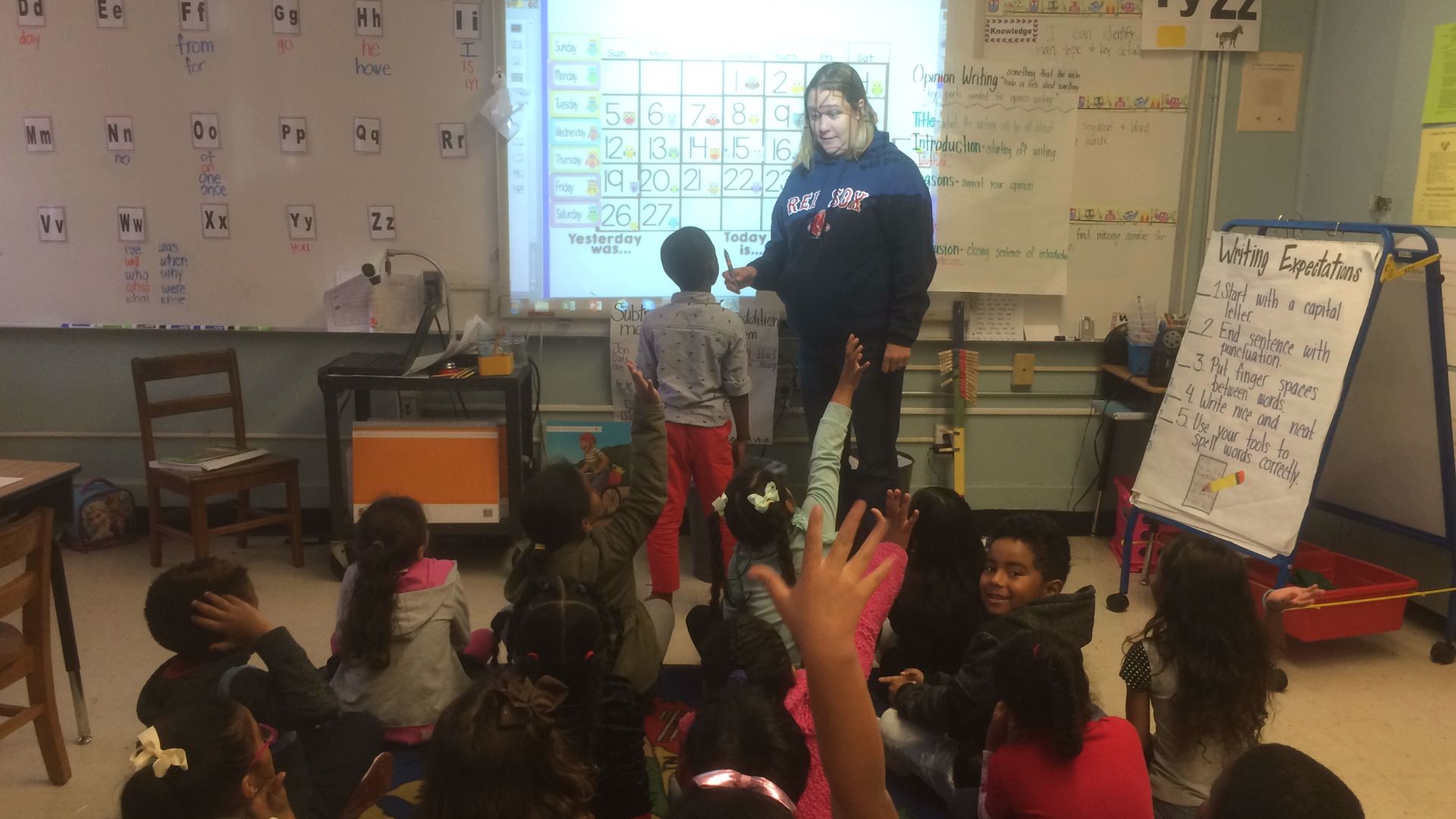
Brain Breaker, a side-scrolling platform-adventure game that is a part of Metroidvania's early genre, is an example of this. It was released in 1985 for the Sharp X1. The game requires the player to line up 15 blocks in a sequence and solve a puzzle. Students can use this game to stay focused and on the task at hand.
Brainbreaker is a code-breaking game Brain Breaker.
Brain Breaker is a video game based on the popular code-breaking game, Mastermind. It requires players to crack a randomly generated code. It helps students improve their problem-solving abilities and cognitive thinking abilities. It promotes physical activity as well as social interaction. Eight guesses are required to crack the code. They will be awarded gold balls if their guesses are correct. If not, they will receive silver balls.
This code-breaking game can only be played by two people. It is also adjustable in difficulty. It may be easier for beginners to guess the codes. Experienced code-breakers might face repeated colors and empty holes. It's a real brain teaser!

This puzzle requires students to solve a sequence of 15 blocks
The Fifteen Puzzle became popular in Europe in the 1880s. There are more than 20,000,000 possible combinations of blocks. American mathematicians found that half of the initial arrangements could be solved. They used the following mathematical analysis: Any number must pass through an even number of boxes.
It's a physical brainbreak
There are many advantages to having a physical brain-break. It gets your child out of their seat and gets the blood flowing. It helps you regain control over your child and improves their focus. These breaks can be fun and just as effective than meditative ones. Here are four different types of physical brain breaks that your child can use.
Stretch or go for a walk. Both of these activities will improve brain activity. Exercising improves concentration, attention, and memory. The ability to exercise helps students learn vocabulary words faster. Exercise can also reduce stress levels and make it easier to focus on other tasks.
It helps students stay centered
Brain breaks are a great way for students to stay focused. Brain breaks help students learn how to regulate their emotions and recognize when they are getting frustrated. They are useful tools for students who struggle to finish homework. They can take a brief break and then return to the task with a fresh perspective and refocused. These brain breaks increase students' self-esteem. These brain breaks also teach students how to overcome problems in homework. This will make it easier for them to stay motivated to finish the assignment.

Brain breaks can help students increase their creativity and social skills. To help with concentration, students may sing or dance. A break from school can encourage shy students to get out of their shells, and make them more outgoing. This can make students more prepared for class discussions. They will also be more willing to answer questions.
FAQ
What does it mean for a teacher to teach early childhood education?
Early childhood educators must have specialized training. Most states require teaching candidates to get certification from state boards in order to be allowed to teach in public schools.
Some states require teachers to pass tests on subjects like math and reading.
Some states require that teachers complete a specific amount of coursework in early childhood education.
Many states have minimum requirements for teachers. However, the requirements may vary between states.
What is the difference between school and college?
Schools are typically divided into classes or grades with a teacher who teaches students. Colleges are bigger organizations that offer more specialized courses and may include university-level courses. The majority of schools focus on core subjects, while colleges offer more specialized programs. Both levels have a curriculum that prepares students for higher education.
What does it take for you to become a teacher at an early age?
It is important to decide whether you want to enter early childhood education. Then you will need your bachelor's degrees. Some states require that students earn a master’s degree.
You may also need to attend classes during summer months. These courses can be taken to learn about topics such as pedagogy and curriculum design.
Many colleges offer associate degree programs that lead directly into a teaching certificate.
Some schools offer certificates and bachelor's degrees in early education. Other schools only offer diplomas.
There may not be any need for additional training if your goal is to teach from home.
What is a Trade School?
Trade schools can be an alternative for those who have not had success in traditional higher education to obtain a degree. They offer career-focused programs which prepare students to pursue specific careers. These programs allow students to complete two years' worth of coursework in one semester. Then they can enter into a paid apprenticeship program that teaches them a specific skill set and provides on-the job training. Trade schools can be classified as vocational schools or technical colleges. Some trade schools also offer associate degree programs.
Is it difficult for a teacher to become?
It takes a lot of commitment to become a teacher. You will need to give a significant amount time to your studies.
While earning your degree, you should expect to work about 40 hours per săptămână.
A job that is flexible with your schedule is another important consideration. Many students have trouble finding part time jobs that balance schoolwork with their lives.
You will likely teach classes once you have been hired as a full time teacher. Sometimes, you may need to travel to other schools during the week.
Statistics
- They are also 25% more likely to graduate from high school and have higher math and reading scores, with fewer behavioral problems,” according to research at the University of Tennessee. (habitatbroward.org)
- Globally, in 2008, around 89% of children aged six to twelve were enrolled in primary education, and this proportion was rising. (en.wikipedia.org)
- These institutions can vary according to different contexts.[83] (en.wikipedia.org)
- In most developed countries, a high proportion of the population (up to 50%) now enters higher education at some time in their lives. (en.wikipedia.org)
- And, within ten years of graduation, 44.1 percent of 1993 humanities graduates had written to public officials, compared to 30.1 percent of STEM majors. (bostonreview.net)
External Links
How To
Where can I learn to become a teacher
Teachers are available in public elementary schools and private elementary schools.
You must complete a bachelor's program at one of these institutions before you can become a teacher:
-
A four-year college or university
-
A program for associate's degrees
-
Some two-year community college programs
-
Combinations of these three types programs
State requirements are required to qualify for teaching certification. These include passing standardized tests and completing a probationary period of work experience.
Many states require applicants to pass the Praxis II test. This test assesses the candidate's reading, writing, mathematics, as well as language arts knowledge.
Many states also require candidates to obtain a specialized license before being certified to teach.
These licenses are issued by the states' boards of education.
Some states grant licenses with no additional testing. To determine if your state has granted licenses without additional testing, you should contact the board in your state.
Some states will not issue licenses to applicants who have not completed a master's program.
Some states permit individuals to apply directly at the state board or education for licensure.
Licenses vary widely in terms of cost, duration, and required coursework.
For instance, some states only require a high-school diploma, while others require at least a bachelor's degree.
Some states require training in specific areas, such as literacy or child development.
Some states require applicants to hold a master's in order for them to be licensed.
Many states will ask applicants for their prior employment information when they apply to become certified teachers.
If you were a member of another profession, it might be a good idea to mention this on your application.
However, states are more than willing to accept previous work experience, regardless of the type of job.
You might want to list your job title, previous position, and years of experience.
This information can be very helpful for potential employers.
It shows them that your skills and experiences are relevant.
While working, you may have learned new skills and acquired valuable work experience.
Your resume can show this to future employers.